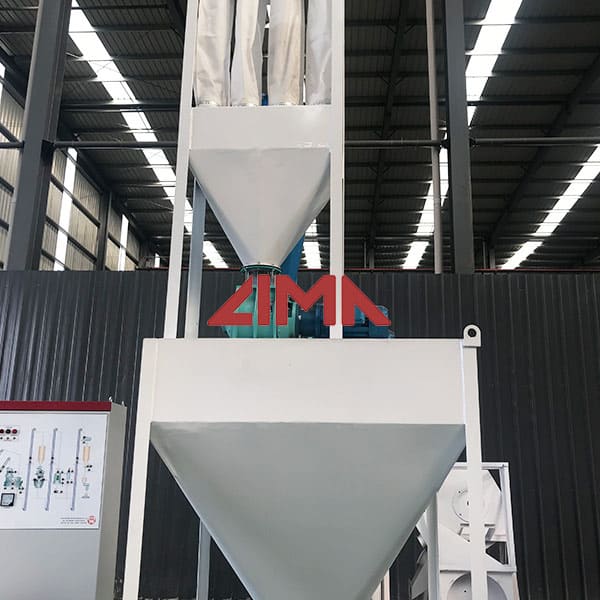
As a result, the country has to import more than 100,000 tonnes of powdered milk and dairy products by spending Tk 2,000 crore a year, according to data by Bangladesh Bureau of Statistics and
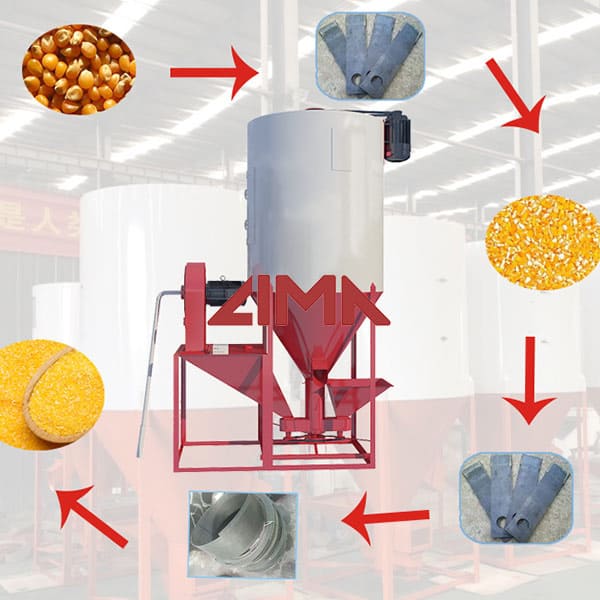
Jan 15, 2020 · Medicated feed is animal feed that contains an FDA-approved animal drug. Medicated feed is fed to animals to treat, control, or prevent a disease, or to improve the animals' growth and productivity.
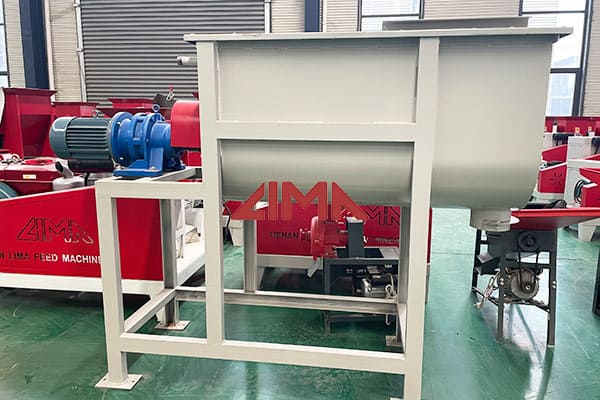
In August 2020, CSIRO established the FutureFeed company to take the livestock feed to market with investment from AGP Sustainable Real Assets-Sparklabs Cultiv8 Joint Venture, GrainCorp, Harvest Road, Woolworths Group and CSIRO. FutureFeed Pty Ltd will develop a value chain from seaweed cultivation and production through to processing and feed

Oct 28, 2021 · Never feed potato vines. Green Tomatoes: Eating a few ripe tomatoes isn’t likely to cause any issues but green tomatoes, as well the rest of the plant, contain a solanine-like glycoalkaloid, tomatine, as well as other chemicals that have potential toxic effects. 43,44,45,46 Feeding tomato pomace has been shown to possibly inhibit fermentation
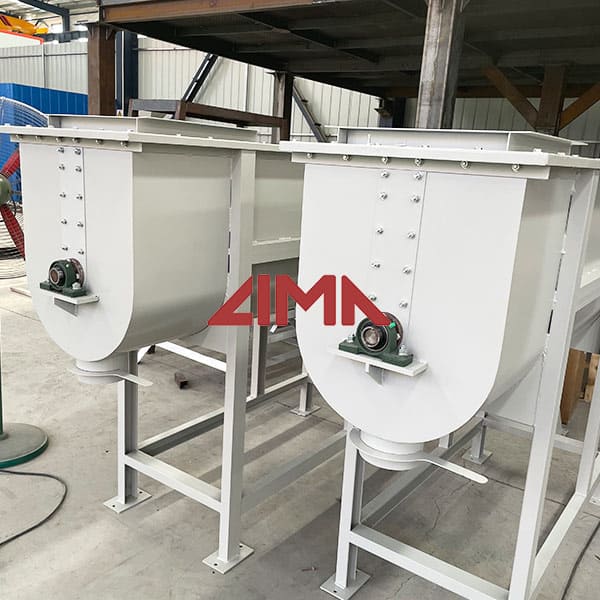
Generally, a cow will eat from 2.5 to 3 % of its body weight in feed daily. For top performance, about 70 to 80 % of this feed should be a concentrate mix and the remainder good quality rough-age. On good pasture, concentrate mix can be reduced 50 to 70 %, but more concentrates pro-duce faster gains.
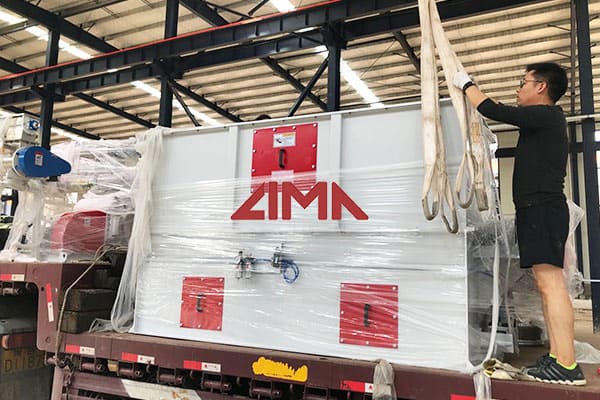
Jan 26, 2013 · The country's meat producers estimate that slaughterhouses need up to 3 million cows every year to feed Bangladeshi appetites, and to help meet demand, Bangladesh is eyeing neighboring India. Cows

In alignment with the government of Bangladesh’s priorities, Feed the Future focuses on boosting rice production while helping farmers diversify their production with higher-value, nutrient-dense commodities such as horticulture and fish. In 2020, Feed the Future helped smallholder farmers access over $11 million in agriculture-related financing.
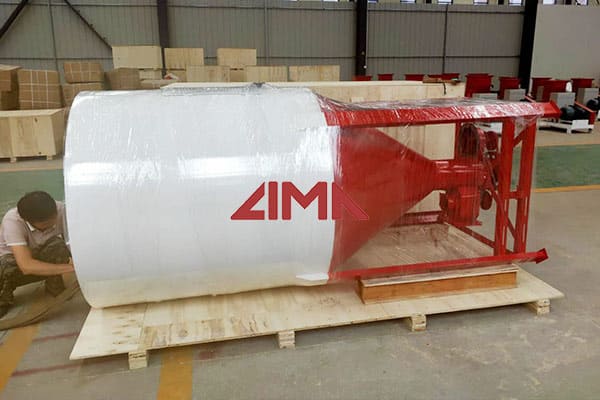
Not all feed mills, of course, are equipped to pellet feeds. In 1958, these mills produced 40 million tons of feed and about 55% was pelleted. In 1968, about 70% of all commercial poultry feed produced in the United States was pelleted. In the Midwest, almost 80% of all manufactured feed is pelleted, crumblized or cubed.
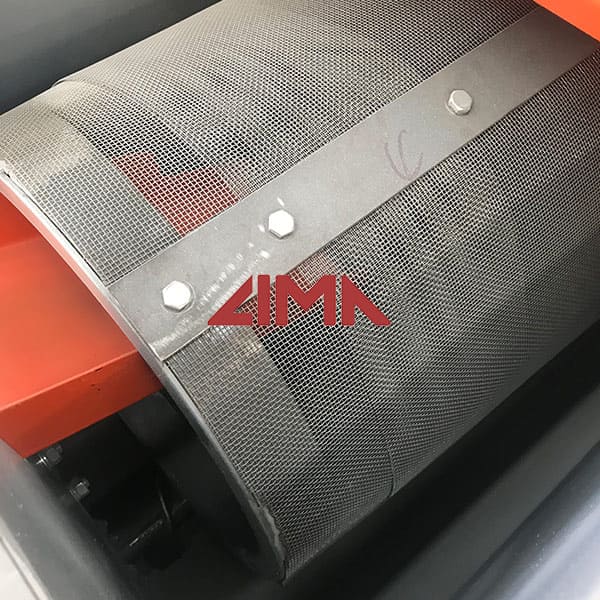
May 12, 2019 · Cattle fattening is a livestock production practice that reduces animal activities, thereby fattening cattle more quickly. Larger animals could be sold for more money on the market as they yield more meat. Cattle fattening is one of the newly incipient action. The sector is emerging for employment and income generation for urban and pre-urban
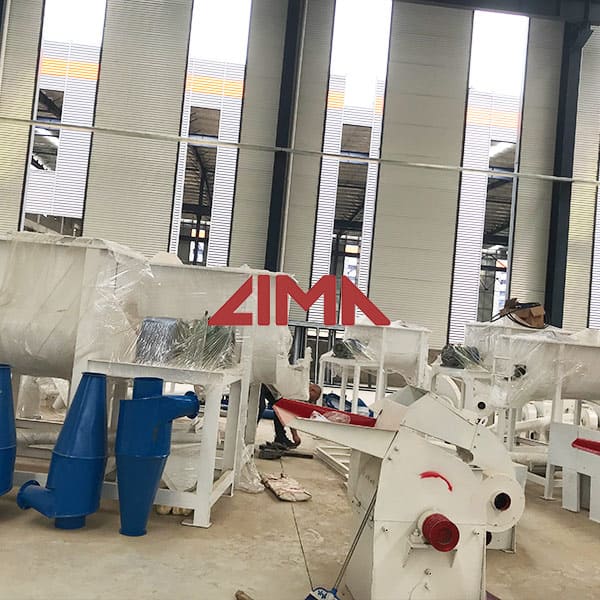
Dec 30, 2021 · ReadyWise Emergency Food Supply, Freeze Dried Vegetables, 120 Servings, Vegetables. Freeze Dried Fruit. Milk and Dairy: In late October Bloomberg reported on issues in Denver and other specific areas of milk and dairy products, even showing an image shared on social media of what those shelves looked like at the time, shown above.

Apr 21, 2022 · European fruit byproducts can replace Ukrainian wheat. In the March/April issue of Feed Strategy, find out the results of the 2022 Poultry Nutrition & Feed Survey, learn about popular antibiotic alternatives, and read about the latest data and trends in Asian feed production.
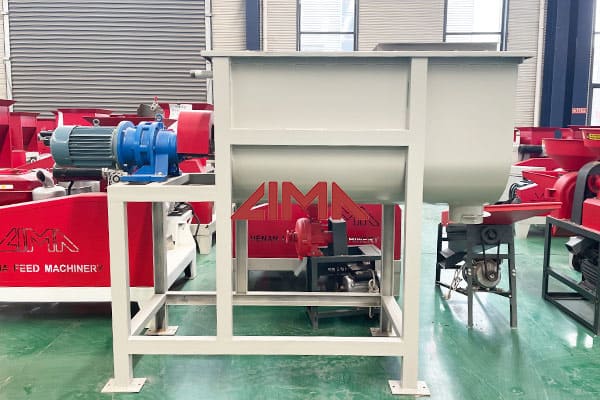
Dec 12, 2018 · It is spread by flies, which feed on eye secretions mostly in the summer months, providing the perfect recipe for an eye infection. Pink eye is more common in beef cattle than dairy. Once introduced to the eye, the bacteria causes irritation and tearing. The first sign of a pink eye infection in cattle is squinting.

Younger cattle prefer to eat together, so they often require more bunk space than finishing cattle. Finishing cattle operations typically allow 9 to 12 inches of bunk space per head. Feeding frequency also has an impact on bunk space. Once-a-day feeders may require more space for feeding than two or more times per day feeders, and receiving pens

Aug 21, 2012 · The rancher told western Kentucky's NBC affiliate WPSD that he turned to sweets "just to be able to survive." Watson feeds his 1,400 cattle a diet of second-hand candy unfit to sell in stores that's been mixed with an ethanol by-product and a mineral nutrient. He says the animals haven't shown any health problems, and are on track with weight gain.

The beef and dairy cattle industry is one of the main contributors to global greenhouse gases. Methane makes up about half of the total greenhouse gases this sector emits. Cows generate methane in two main ways: through their digestion and through their waste. Cows are part of a group of animals called ruminants.